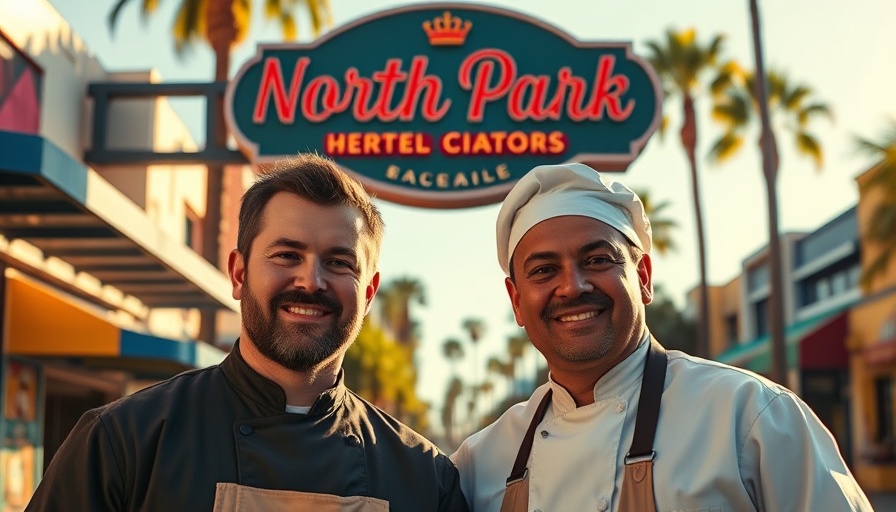
Trash Strike Causes Chaos in Chula Vista
In a frustrating turn of events for residents, a recent strike by unionized employees of Republic Services—a key waste management provider in Chula Vista—left neighborhoods inundated with garbage. The six-day work stoppage, aligned with striking sanitation workers in Boston, muted the usual sounds of garbage trucks, turning once tidy streets into unsightly messes.
Comments from residents at a special City Council meeting highlighted their discontent. Rick Hatcher, visibly upset, lamented the absence of a backup plan for such labor disruptions. "There is no excuse for this... We have no Plan B. Thanks for dumping on your own community!" echoed the sentiments of many attendees.
Community Anger Rooted in Past Incidents
This incident was not unprecedented; in fact, just three years ago, Republic Services experienced a five-week strike over similar grievances, raising the question—why weren’t city leaders better prepared this time? Mary Davis, another frustrated resident, pointed out that without a “trigger clause” in the franchise agreement, the city seemed powerless against recurring disruptions. This sentiment resonated throughout the crowd, who felt abandoned and frustrated as they faced overflowing bins.
The Political Web Connecting City Officials and Waste Management
One must consider the complex web of political relationships linking the city to Republic Services and labor unions. Over the years, both entities have made significant contributions to local campaigns, fostering a rapport that can sometimes overshadow the city’s responsibility to its residents. Donations from Republic Services to Chula Vista officials have poured in since 2016, with significant sums supporting various political causes, including a recent $15,000 contribution to renew a vital Proposition. This intertwining of interests raises concerns about whether residents' needs are sidelined in favor of political alliances.
Frustrated Residents Seek Accountability
Despite promises from both Republic Services and the Teamsters to address concerns, many residents left the meeting feeling their grievances had fallen on deaf ears. Community members, including Amanda Yamane, expressed frustration over having no options during the waste collection lifeline interrupting their daily lives. The lack of clear answers about the city's contingency plans left many to ponder: Is this just another instance of political interests overshadowing community welfare?
Action Required for Future Preparedness
Going forward, it’s essential for Chula Vista officials to reevaluate their franchise agreements with service providers and instate fail-safes that prioritize resident needs. They should also engage in proactive dialogue with waste management companies to ensure they’re prepared for labor disruptions. Such measures could include alternative service arrangements that activate during strikes and more transparent communication strategies with the community to prevent frustration from escalating into outrage in the future.
In the face of this ongoing crisis, residents are urged to remain engaged. Attend city council meetings, ask questions, and advocate for their interests to ensure that their community does not face such challenges unprepared again. Voicing concerns and demanding accountability could help reshape the dynamics between service providers and city governance moving forward.
 Add Row
Add Row  Add
Add 




Write A Comment